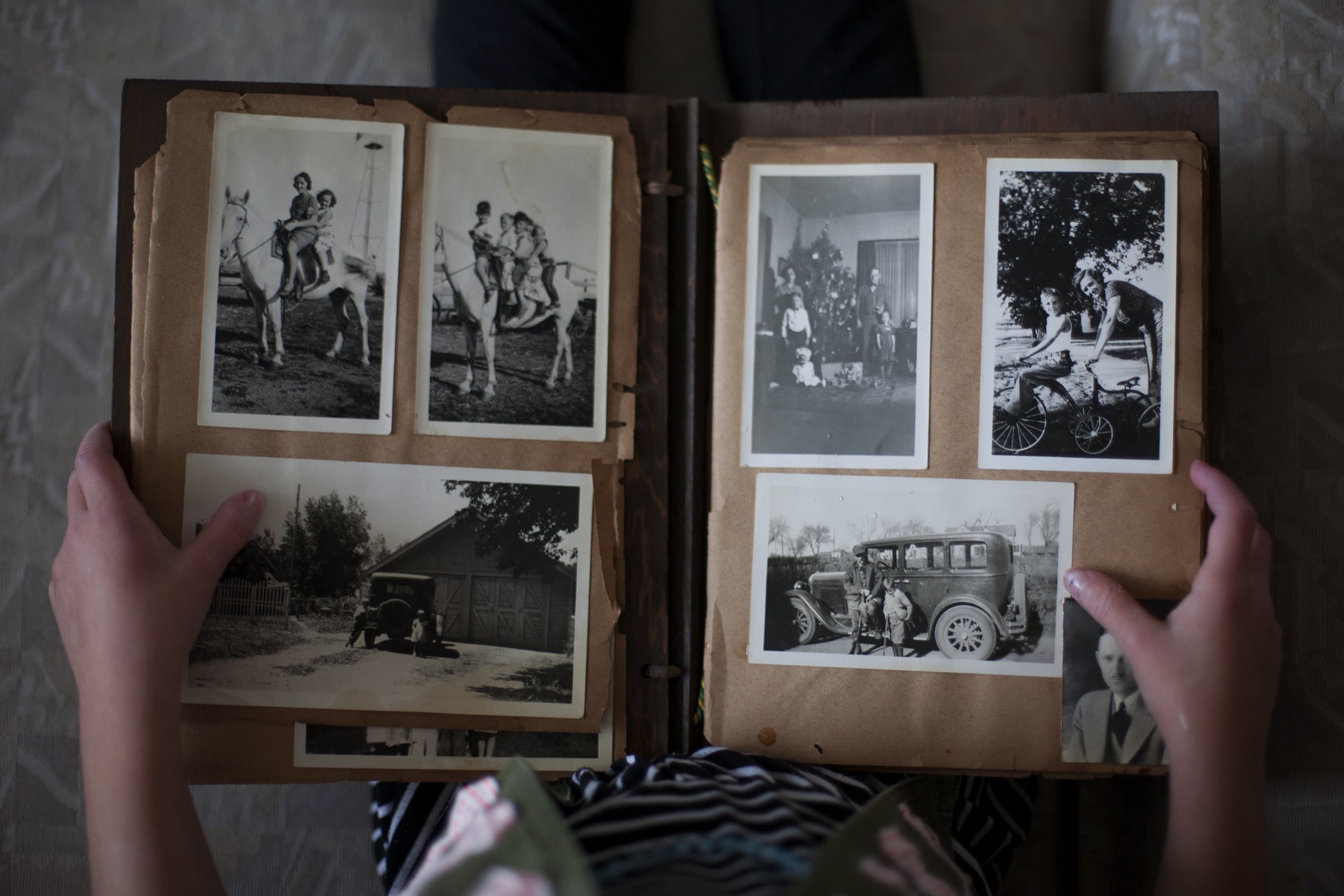Bridging generations: Combating social isolation in older adults through art and storytelling
Older adults in residential facilities were particularly impacted by COVID-19. Isolation and protective measures to mitigate the spread of the virus first started in March 2020 and continued in some capacity for the 18 months. Texas Governor Greg Abbott restricted visitation at nursing homes to protect older adults during the pandemic.
Many senior care facilities implemented new policies in response to COVID-19, including suspending all social activities, closing dining areas, restricting residents to their rooms and implementing a no-visitor policy. At the time, these measures aimed to keep older adults safe, but many limitations continued even after widespread vaccination and low rates of virus spread. Nationwide, the pandemic also prompted high rates of staff turnover at nursing homes.
Within this context, in 2022 we started an intergenerational art and storytelling program, Draw YOUR Story, at Houston senior care facility St. Dominic Village (SDV), home to independent living, assisted living and nursing care. The program focused on addressing social isolation among older adults and connecting them with medical student volunteers. Supported by the Albert Schweitzer Fellowship, Draw YOUR Story also aimed to increase medical student comfort with older adults, given our country’s rising aging population.
Creating a community program as second-year medical students was no easy feat! However, we found that Draw YOUR Story became the highlight of our weeks. As relationships between the residents and students grew stronger, participants felt comfortable discussing their lives openly. One of the most rewarding moments was hearing a participant’s daughter express how much her mother enjoyed the program. After 30 Draw YOUR Story sessions, the program culminated in an end-of-year art exhibition. Older adult participants, many of whom did not initially consider themselves creative, proudly shared their artwork with family and friends. 
We also conducted a program evaluation, now published in the International Review of Psychiatry, to explore its impact on both older adults and medical student volunteers. Participating in Draw YOUR Story led to a statistically significant increase in student comfort with older adults while also providing older adults the opportunity to learn new skills. The program continued in 2023-2024 as a Schweitzer legacy project, and another team of medical students will lead the program in 2024-2025.
In the future, we aspire to build a national Draw YOUR Story organization where medical students can create local community chapters. The organization could provide program training materials and session guides, offering adaptations for different settings and ability levels.
Though this is a low-cost activity, students could explore funding opportunities such as a local Albert Schweitzer Fellowship, institutional grants or student-group funding. Furthermore, such interdisciplinary collaboration can develop into longitudinal relationships if student leaders pass on the project to younger students annually. Additional research can explore the program’s impact on older adult health outcomes as well as medical student clinical performance.
As we consider the future of Draw YOUR Story, we remain focused on a central message: everyone has a story. Sometimes small changes or programs can have a large impact.
By Sujal Manohar, M.D. candidate, Baylor College of Medicine ’25, and Oluwapelumi Oloyede, M.D. candidate ’25, Tilman J. Fertitta Family College of Medicine at the University of Houston



